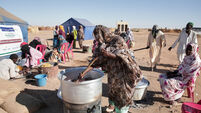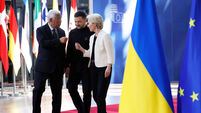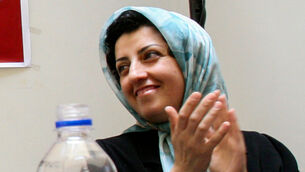Chaos and death on the streets of Mumbai
Fighting continued today in the middle of Mumbai as chaos and confusion surrounded terrorist attacks that killed more than 100 people.
Mixed messages from police and soldiers initially said the crisis was over, but later reports said hostages were still being held at one luxury hotel which was among the targets in the Indian port.














